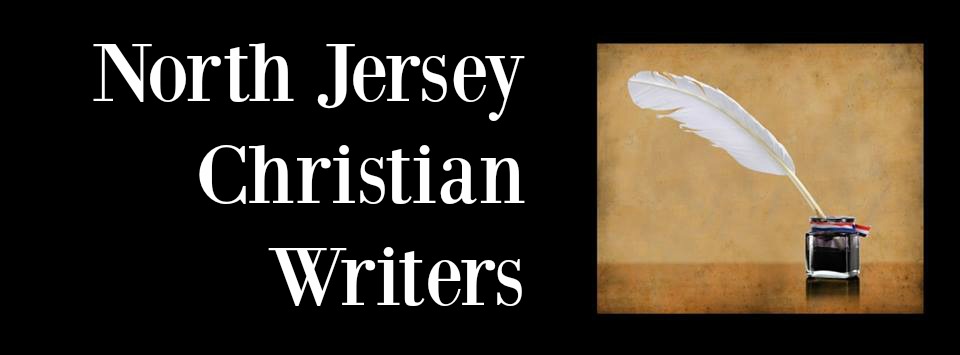
WD Popular Fiction Awards Call for Entries
_________________________________________________________
The WD Popular Fiction AwardsIt's a new short story competition from Writer's Digest! We want your best writing in five categories: Romance, Mystery/Crime, Sci-Fi/Fantasy, Thriller/Suspense and Horror. You can compete and win in every category--just make sure your entries are 4,000 words or fewer and we receive them by the November 1, 2005 deadline.
Visit http://www.writersdigest.com/specialoffers.asp?DMpopfiction093005 for more information!
Enter the contest and your fantastic fiction could bring home these big prizes:
GRAND PRIZE: $2,500 cash, $100 worth of Writer's Digest Books, plus a manuscript critique and marketing advice from a Writer's Digest editor or advisory board member.
FIRST PRIZE: The First-Place Winner in each category receives $500 cash, $100 worth of Writer's Digest Books, plus a manuscript critique and marketing advice from a Writer's Digest editor or advisory board member.
HONORABLE MENTION: All Honorable Mentions will receive promotion in Writer's Digest and the 2006 Novel & Short Story Writer's Market.Don't wait--visit http://www.writersdigest.com/specialoffers.asp?DMpopfiction093005 for guidelines and to enter today!























